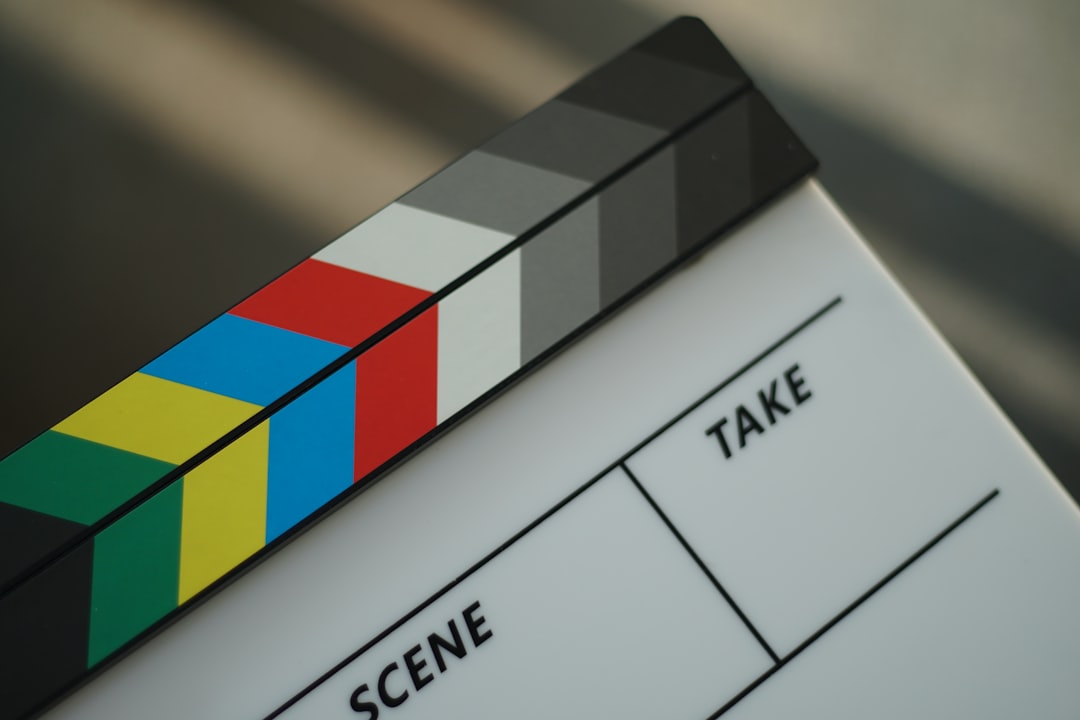Imagine watching your favorite movie in blurry quality. The audio is fuzzy, and the video is pixelated. Doesn’t sound like fun, right? That’s why having high audio and video definition is so important. Whether you’re creating content or enjoying it, good quality makes the experience better.
Let’s break it down and see why high-definition (HD) audio and video is a game-changer.
What Does “Definition” Mean in Audio and Video?
Definition simply means clarity. For video, it’s about how sharp and detailed the picture is. For audio, it’s how clear and crisp the sound is.
- High video definition means a clearer image. You can see tiny details in faces, clothes, and backgrounds.
- High audio definition means every word, beat, and background sound is distinct and sharp.
When both are in harmony, you have a perfect viewing (and hearing) experience.
Why Good Video Definition Matters
You’ve probably seen the difference between a 240p and 1080p video. The lower the number, the lower the quality.
Here’s how high-definition video helps:
- It looks professional. Sharper images impress viewers.
- It holds attention better. People are more likely to stay and watch.
- It tells a better story. Details like facial expressions become clearer.

If you’re on YouTube or any video platform, HD is a must. Blurry content turns people away fast.
Why Audio Quality Is Just As Important
Some might say visuals are everything. But audio plays a huge role. In fact, people will forgive bad video before forgiving bad audio.
Think about it. If the sound cuts in and out or there’s background noise, it becomes unwatchable. Here’s why crisp audio matters:
- Clear speech delivery helps podcasts, interviews, and storytelling shine.
- Good music quality makes your videos feel cinematic.
- Balanced sound prevents annoying spikes and sudden loud noises.
Voiceovers, songs, and sound effects all need balance. Without them, your content just won’t hit right.
How Audio and Video Work Together
Great content isn’t one or the other. It’s both. When sound and visuals are both high-quality, the viewer is fully engaged.
Imagine this:
You’re watching a slow-motion scene. There’s dramatic music. The picture is crystal clear. The emotion builds up. Boom! That’s the power of perfect audio and video pairing.
But if the video is laggy or the audio is off, the moment is ruined.

What Happens When Definition Is Low?
Let’s look at the flip side. When audio and video lack clarity:
- Viewers get frustrated. They might close the video.
- Your message is lost. People can’t follow the story or focus.
- It damages your credibility. Poor quality looks unprofessional.
You could have the best story in the world, but bad quality gets in the way.
How to Improve Your AV Quality
Luckily, you don’t need Hollywood-level gear. With a few simple moves, you can boost audio and video quality.
Tips for Better Video:
- Use a good camera (or phone with HD).
- Keep lighting natural or get soft light gear.
- Keep the camera steady. Use a tripod if needed.
- Record in clean backgrounds, without too much noise.
Tips for Better Audio:
- Use a decent microphone. Even budget mics do wonders.
- Record in quiet spaces. Avoid echo or outside noise.
- Test the microphone before recording.
- Edit background noise post-production with free tools.
Even small upgrades lead to big improvements.
Why It Matters More Than Ever Today
We live in a content-hungry world. Everyone is creating and uploading — TikToks, Reels, YouTube videos, livestreams, and more.
So, how do you stand out? Quality!
- Good AV makes people watch longer.
- It keeps them coming back for more.
- You earn trust and loyalty.
You don’t just look better. You sound like you know what you’re doing—literally.
Playback Quality: Why It Still Matters
Even if your content is amazing, playback matters. Viewers need fast, smooth streaming. Otherwise—they leave.
That’s why formats like MP4 for video and AAC for audio provide optimal balance. They’re small in size but high in quality.
Also, always upload HD versions. Platforms like YouTube adjust quality, and if you upload low-res, it only gets worse.
In Conclusion: Clarity Wins
Audio and video definition isn’t just tech jargon. It’s the foundation of modern content.
If you want to make great videos, teach online, podcast, livestream, or just share memories — think “definition.”
Your audience will thank you. Their eyes — and ears — will stay glued from start to finish.

So next time you hit “record,” remember this simple rule:
High definition. High impact.
Now go tell your story clearly and beautifully!
